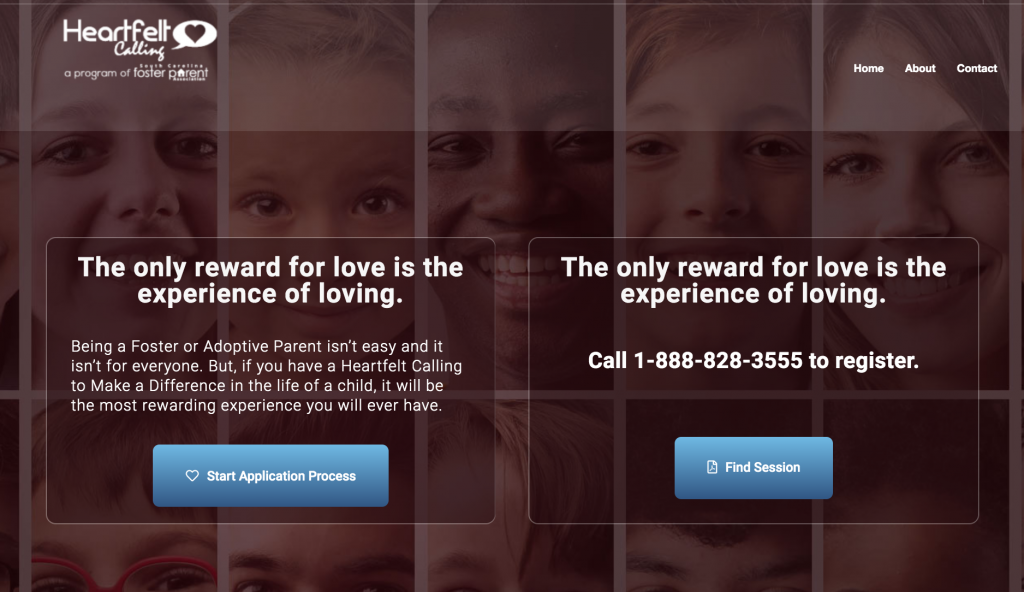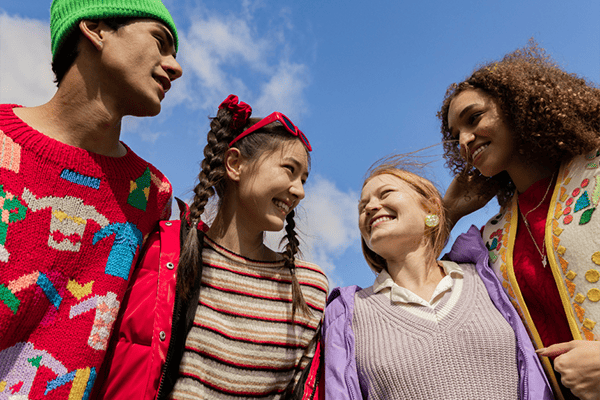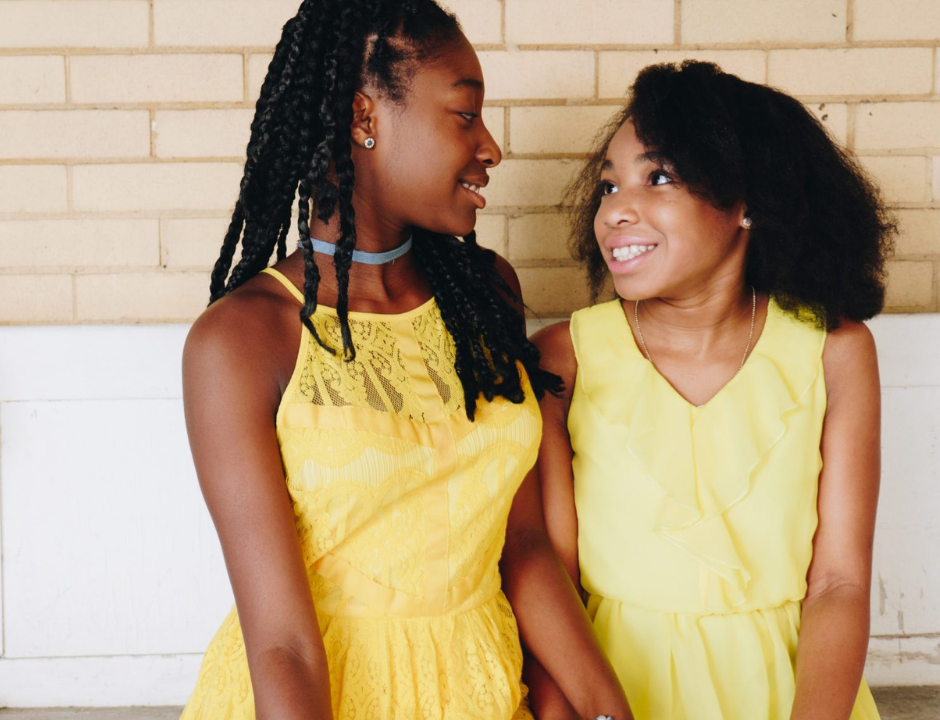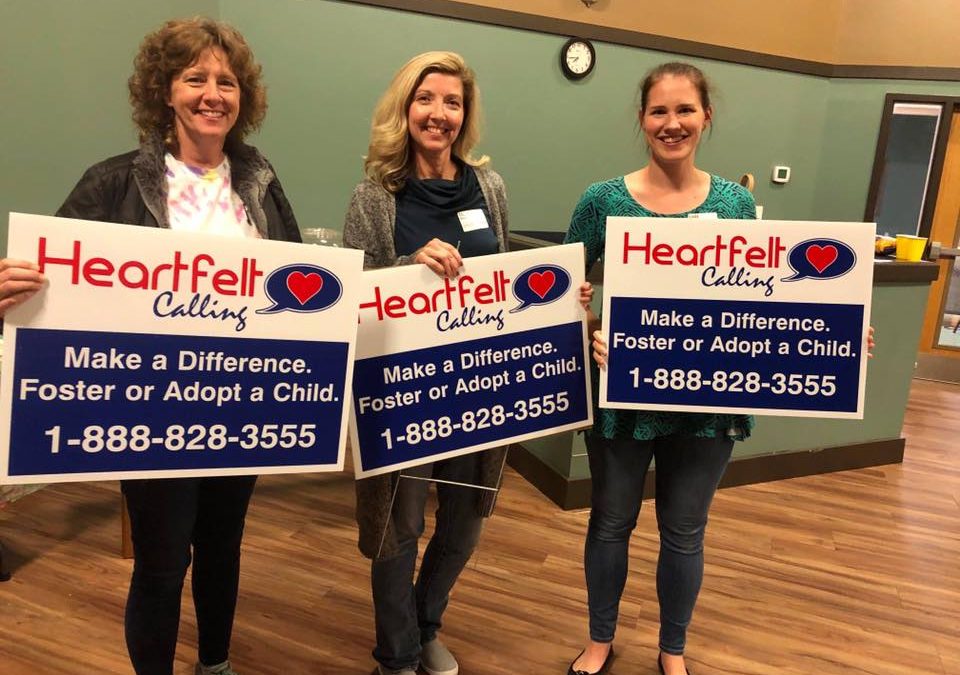
The journey to and through foster care is not an easy one, but the more we understand the process and adjust our expectations, the better we can meet the challenges that arise. Today on #FosterFridayLive we have the privilege of hearing from Karla, Director of Marketing & Program Development, for the South Carolina Foster Parent Association. She works closely with the team at Heartfelt Calling that does intake for new and prospective foster families hoping to foster through South Carolina Department of Social Services.
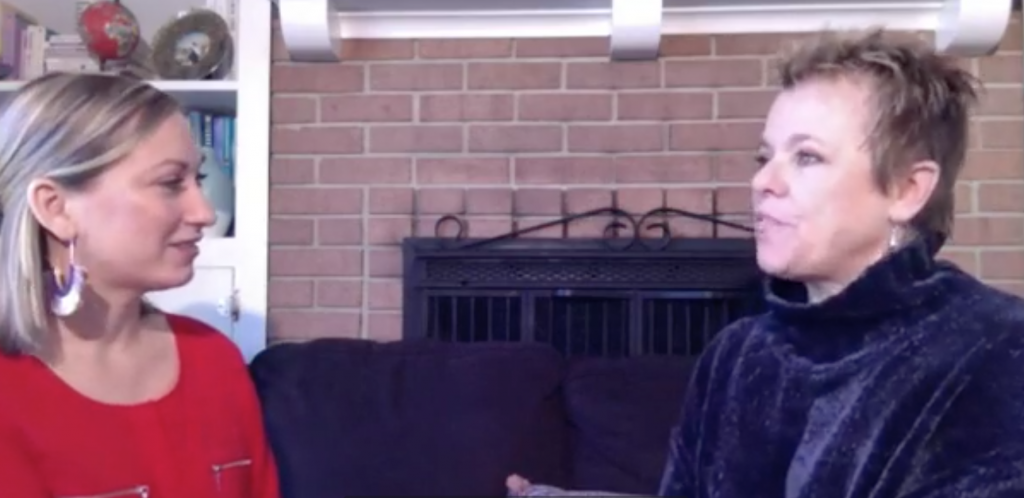
Learn more about becoming a licensed foster parent or attending an orientation session at heartfeltcalling.org. This is only one of your foster care licensing options. You can view the foster care licensing agencies in your county.
Karla currently is in her ninth year with the South Carolina Foster Parent Association. Previously she worked as the Statewide Recruitment Coordinator for Foster Care and Adoption with SC DSS alongside Keith Frazier. When Heartfelt Calling was born it was a natural transition for her. The SC FPA, Heartfelt Calling, and DSS work very closely together on the many initiatives that support foster families and children in care.
In 2010 DSS realized they needed more data for reporting purposes than the county DSS offices could be expected to provide because they were taking care of children. Heartfelt Calling then became one of the many programs of South Carolina Foster Parent Association in order to meet the need- doing the initial intake for anyone who wants to foster or adopt through DSS.
Tell us about updates to the Foster Home Licensing Intake Process and Adoption Approval Intake Process through Heartfelt Calling. What should families expect in 2020?
DSS is implementing, with our new Director, so many exciting changes. One is utilizing and maximizing personnel. They are now licensing and approving adoption applications to the need. They know what families they have, what children are waiting- so those families are being looked at. If someone wants to adopt 0-2 or 0-5, it is very rare that those children become available for adoption. So we encourage everyone to foster first if they can support reunification. And not everyone can. That’s okay. They can find another adoption agency.
Some of the changes are adoption orientation being added to Foster Home Licensing orientation. Everyone attends the same one. The process is handled pretty much the same way for both now. With adoption you get approved, it’s not a license to adopt. Foster Home Licensing is a license. That is one of the confusing things that people find as well.
What is the first step for a family that wants to foster or adopt?
The first step for families is to fill out an online application at heartfeltcalling.org. It just went live in August so a lot of people are coming back through that had inquired in 2015-16 and we were never able to get in touch with them to do an application. So they’re going online to do that and we’re excited about that. Once they do the application we contact them about orientation. They can walk into orientation without registering or applying first. Those two steps are interchangeable. After they have been to orientation and applied, the next step is fingerprinting. And then we will register them for their pre-service training classes. In our state we require 14 hours of pre-service training. Then we send it to DSS for processing. That’s when they will be assigned a licensing worker.
While all children in South Carolina foster care come into the legal and physical custody of DSS, families have the choice with whom they would like to become licensed foster parents. Choosing your foster care licensing agency is an important decision because it is where you will find support for your family during the fostering process.
Working with prospective families, what do you think families should think about before getting started?
Families need to realize that fostering is temporary. It is designed to be temporary. Outcomes are always better when a child can go to their family of origin or a family member, stay connected. Kinship is a huge focus right now. Another thing families need to know that licensing to the need, if you fill out an application for only ages 0-3, by all means we need you. We need more families to get kids back into their counties of origin. A lot of kids are currently placed out of county so we need extra families in each county. One of the biggest needs right now is for sibling groups. Think about this as you’re doing your application. If you have space for a sibling group of at least two, but preferably 3 or more, or 10, really consider fostering more to keep siblings together. When they are removed, they are removed from everything they’ve ever known. If the only thing that they have familiar is a sibling or two, that reduces the trauma.
As you choose an age range, please consider going up to 12 or 13. We also need homes for teens. Within a couple of years, we are going to have an addition 700 teens in homes because of Family First Act. So really need 350-700 more foster homes for teens. You have to think about what you are most comfortable with. There was once a time that we would tell people that DSS wouldn’t call them outside of their age range, but now the Placement Teams are focused on keeping children in county. So they actually do call every home that has an open bed regardless of age that you’ve selected. But you can say no. There is no strike against you. What they’ve found is that some families say yes to kids outside of their age range and it works beautifully. Every family is different.
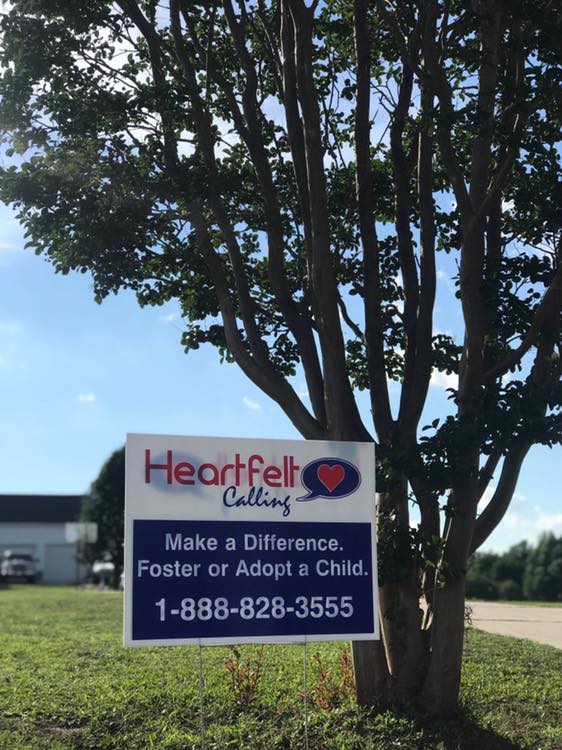
Before you jump in, know that this is hard and time consuming. I’ve never heard anyone in my nine years say that they wish they had never fostered. It’s hard, but it’s worth it. I had one family tell me last week that “it just has to become a lifestyle, part of your life, part of the fabric of who you are.” If you think you’re going to get some kids in your home and just go on with life as usual and no outside interference, that’s not the case. That’s one of the things we try to push at orientation and that’s one of the reasons that orientation started. People would get started and not realize how many people would be coming into their home and all the appointments and different things. So, I’ve never had anyone say that they wish they had never fostered. They say, “there are so many blessings and I love it!”
What are some of the most common misconceptions that people have as they come into the fostering or adopting process?
A lot of people will call us and say, “I want to foster-to-adopt.” And Foster-to-Adopt is not actually a thing. In South Carolina, what it actually means is that you are approved to adopt and you are willing to take a child who is not completely legally free. It’s called a high legal risk. You are willing to take that child as a pre-adoptive placement with every intention that they will become legally free. For that time, you are issued a temporary foster care license just for that child. You’re not called for other children, you don’t foster temporarily, it’s just for that child. That is actually what foster-to-adopt is.
If you get into foster care to adopt, statistically speaking, if you foster long enough there will be a child that becomes legally free for adoption and you’re certainly welcome to be considered first to adopt that child. Over 70% of children adopted from foster care are adopted by their foster parents. However, you have to be willing to know and not only be okay with an initial goal of reunification but you have to be willing to be a cheerleader for those parents, really support reunification.
What advice do you have for families considering foster care or adoption?
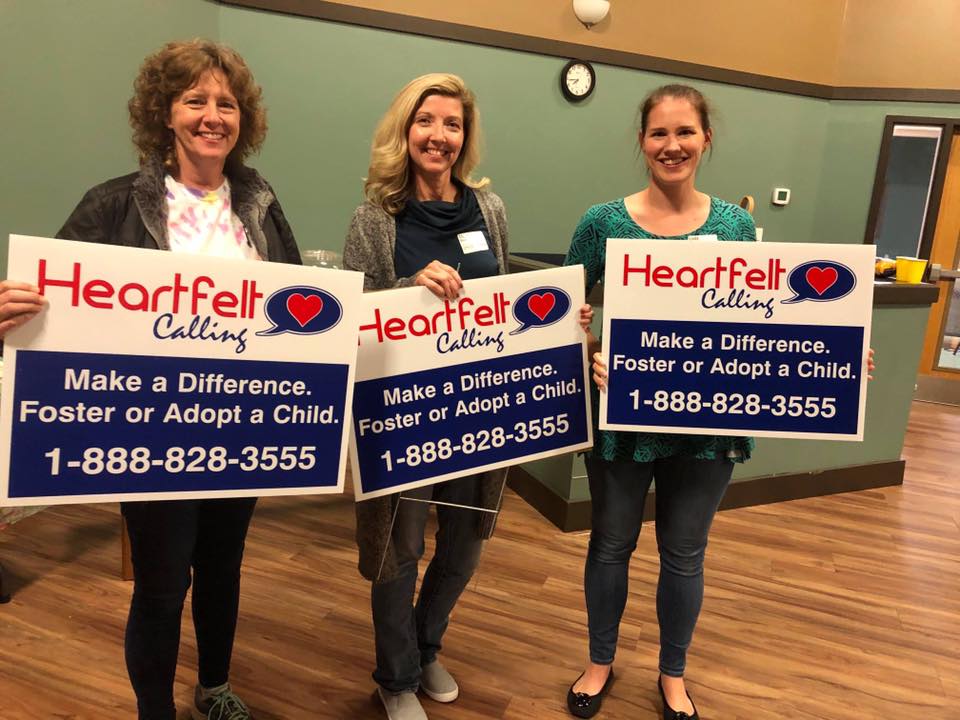
It only takes four to five months to be licensed to foster. You usually will get called for a placement before you get license. The need is great. You need to examine your own motivations. Who are you doing this for? We have a lot of people say, “I could never give a child back and I just couldn’t do that.” I had someone recently who said that and I told her, think about if you were in a horrible accident but you didn’t die. You had to go to a long-term facility for rehab, and you had no family. And your children were in foster care. For that period of time you work really hard and you’re better. Your children come to see you and they are really excited. They’re really excited that you’re going to be better soon. Then at the end of your journey with that, those people don’t want to give you your child back. Think about how you would feel with your own children. When mom and dad work really hard and accomplish all their goals, that really is the best thing. We are the adult. We need to know it might hurt really badly. As adults we do lots of things that are uncomfortable… or we should. Try to remember that it is for the child.
Share with us the new adoption policy guidelines.
If you decide you only want children placed in your home who either are or will be available for adoption, this is not fostering. You will not be called when children come into foster care needing placement; but instead, you will be matched with a child (or children) who have a plan of adoption and are in need of a permanent home/family.
Right now we are maximizing efficiency for everyone and trying to get children to permanency faster. So if you want to adopt one child, not a sibling group at all, just one child- the vast majority of the children are between ages 7-17. You need to be able to find a range within there. 7+ is what we are asking families to do. If you’re willing to adopt a sibling group, you can choose the 0-6 or 0-10 age range. Just know that one child will fall within that age range and the other will be 7+. So clearly that is outside 0-6 but still falls within 0-10. We have a lot of families approved for newborns or 0-2 and they are just sitting empty. There’s just not a lot of children to match in that age range. Especially the 0-1 or 0-2. A lot of times children are older than that when they are ready for adoption because reunification is the initial goal and they’re working towards that for as long as is appropriate. We’ve had a lot of families apply for 0-6 or 0-8 and when we explain that to them, who can argue with the fact that we need to do what is best for waiting children, the families say, “we’re good with that.” We have a lot of 7-12 age range. And we’re excited for that!
Watch the full interview with Karla on Youtube.
Interested in becoming an SC foster or adopt parent? Our staff at Care2Foster would be thrilled to talk to you about first steps, answer your questions, and help you process your concerns- no pressure, no guilt. Fostering is not something you enter into lightly. It is a life-changing decision. We want to walk alongside you and connect you to the people and resources that will help you to thrive throughout your journey.
Call us at (864) 202-6839 or email [email protected]

